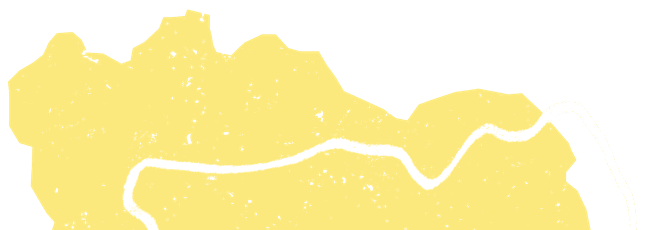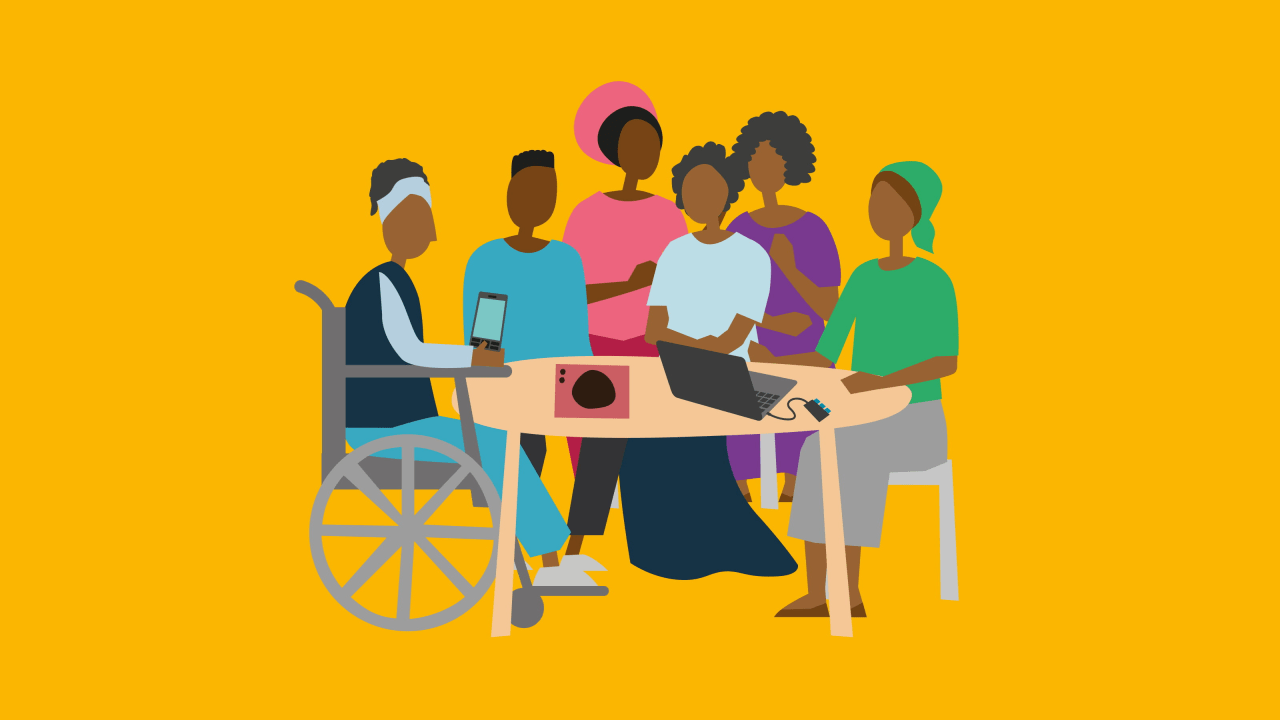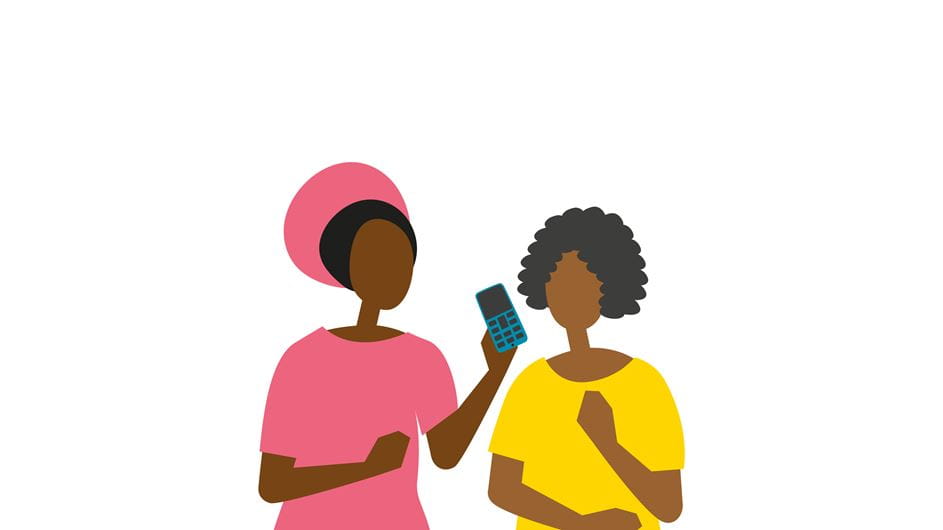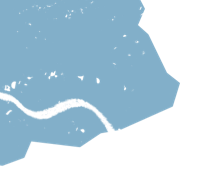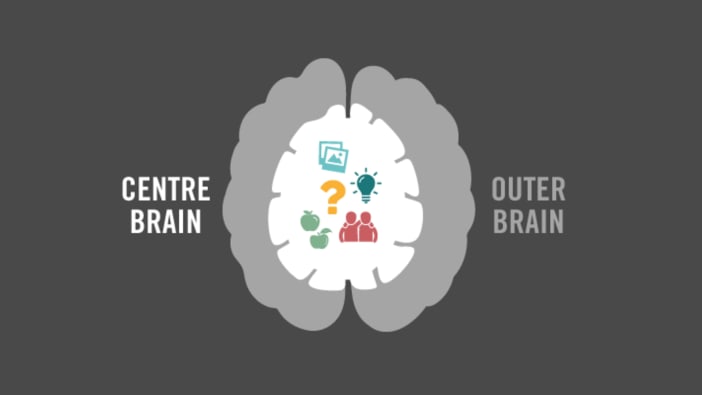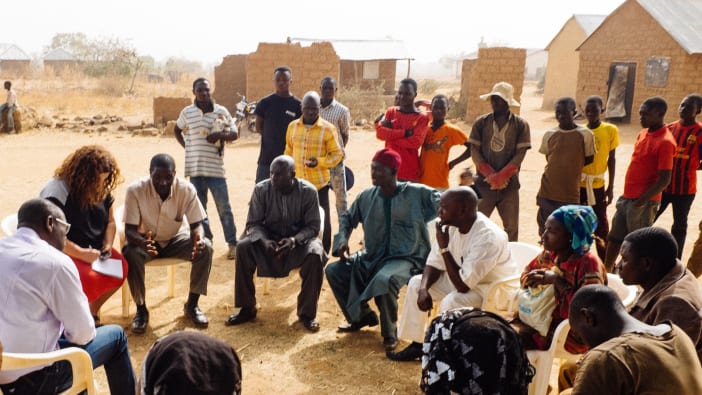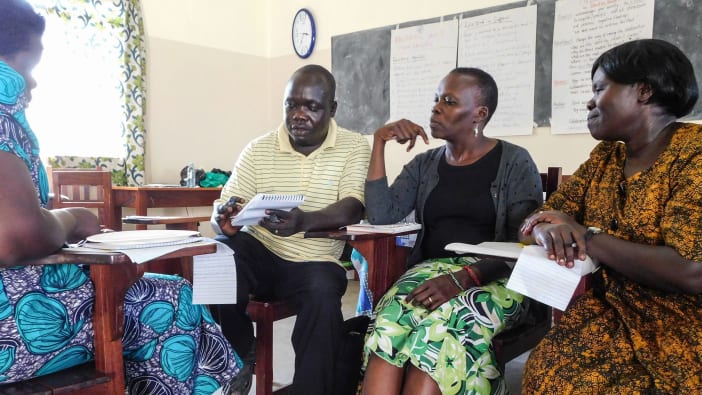A podcast is an audio recording that can include community interviews, conversation, news, health information, music and drama in the same way as a radio show.
Podcasts are particularly useful in areas where there is no existing radio coverage, or where local radio stations do not want to broadcast community-centred content. Podcasts can also be used in contexts where certain discussion topics are too sensitive to be broadcast on public radio.
Rather than needing to tune in to a radio station at a specific time, people can listen to podcasts when it is convenient for them, and as often as they like.

